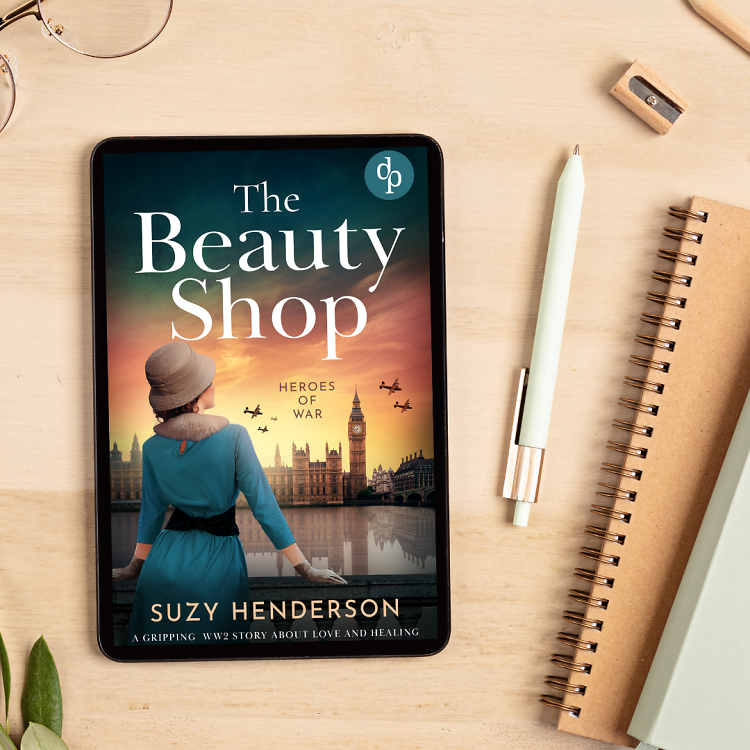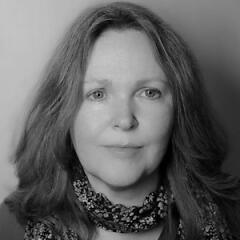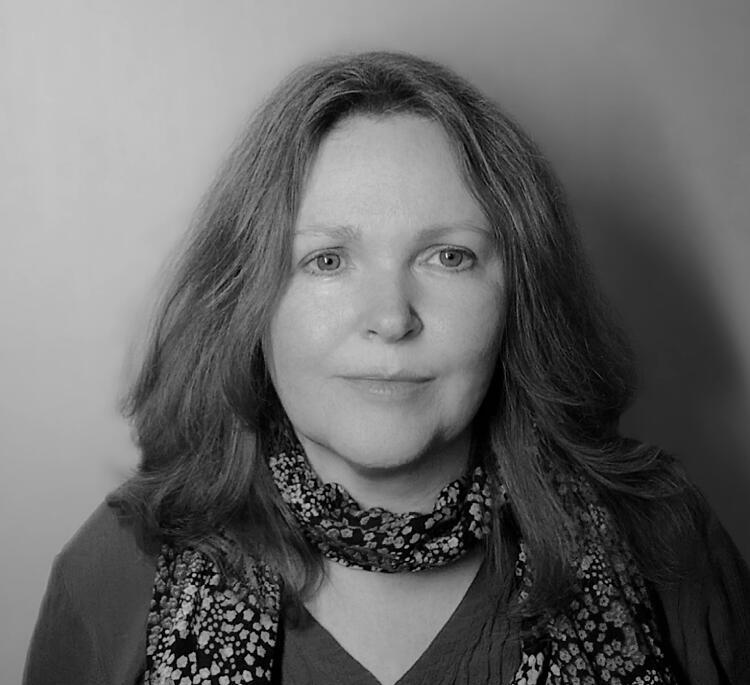What’s your book The Beauty Shop about?
In wartime England, a WAAF and a scarred American bomber pilot find love and hope amidst the devastation of war, with the help of a pioneering plastic surgeon.
The Beauty Shop is a historical novel set during World War II, focusing on the incredible true story of the RAF Guinea Pig Club. It features the real-life plastic surgeon Archibald McIndoe, a fascinating figure who pioneered groundbreaking techniques in reconstructive surgery, giving hope to many injured and burned airmen. The story focusses on the courage and resilience of these men, especially the main character, who must navigate the physical and emotional scars of war. It’s a tale of hope, healing, and the extraordinary strength of the human spirit in the face of adversity, shedding light on a little-known aspect of wartime history.
What inspired you to write about a romance set against the backdrop of War?
I was inspired by other novels I’d read, but I was also following my passion for World War II at the time, particularly the RAF and USAAF. I felt that the bombers’ war was still underrepresented in fiction, especially the stories of the brave airmen who risked everything. The blend of romance and wartime drama allowed me to explore not only the heroism and sacrifice of these individuals but also the personal connections and love that helped them endure such challenging times. By weaving romance into this historical setting, I hoped to create a compelling narrative that honours their experiences and brings a more human perspective to the realities of war.
Mac’s internal struggle after being badly burned is both emotional and physical. How did you approach writing about trauma and its impact on relationships?
With my background in nursing, I have a certain level of experience and understanding of the complexities of trauma, both physical and emotional. This helped me approach Mac’s journey with empathy and authenticity. To deepen my portrayal, I also immersed myself in the biographies of Archibald McIndoe, the pioneering plastic surgeon who treated these men. His groundbreaking work and compassionate care for the men of the RAF Guinea Pig Club provided invaluable insight into the psychological and social challenges these individuals faced. By combining my nursing knowledge with historical research, I aimed to create a nuanced depiction of how trauma affects not just the individual, but also their relationships, showing both the struggle and the strength needed to rebuild a sense of self and connection with others.
Stella Charlton is determined to help the war effort by joining the Women’s Auxiliary Air Force. What drew you to highlight this specific role for women during the war?
My grandmother joined the WAAF during the war. She never spoke about her experiences—something that generation simply didn’t do—so I was always intrigued by what her life might have been like during those years. In many ways, I wanted to honour her and the countless other women who served in these crucial roles. Stella’s character is a tribute to my gran and to all the women who contributed so much behind the scenes. By highlighting the WAAF, I hoped to shed light on the vital roles women played in the war effort, often without recognition, and to bring to life a part of history that remains underrepresented.



